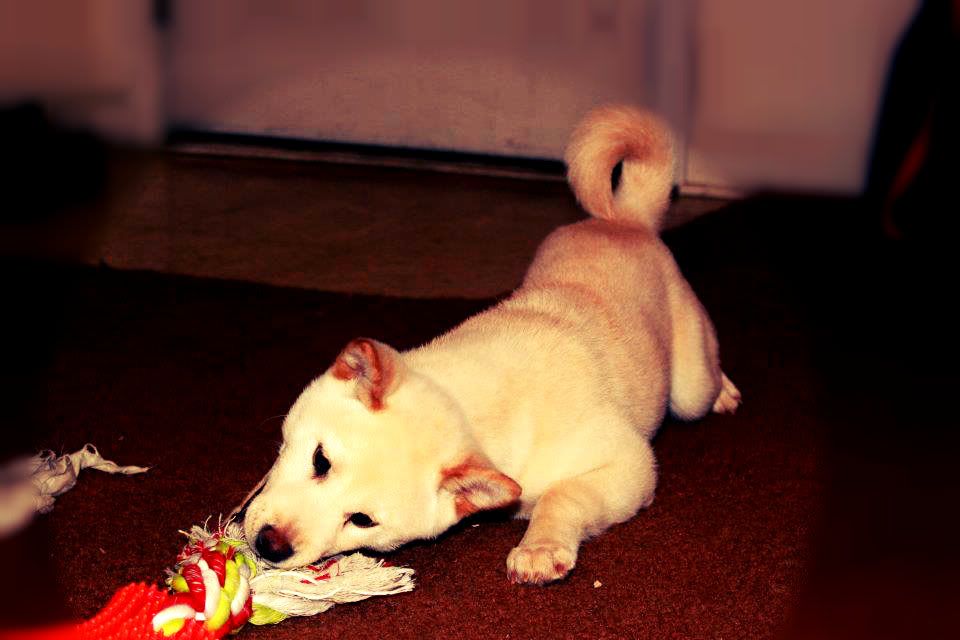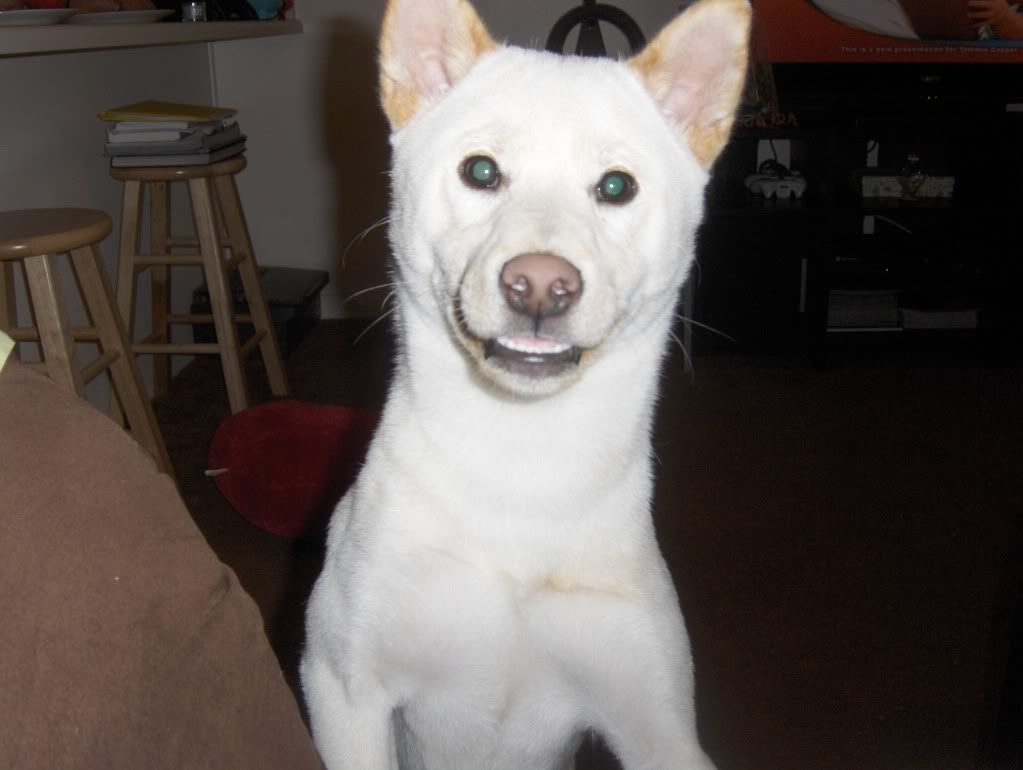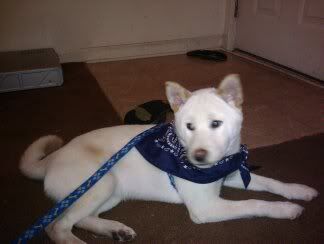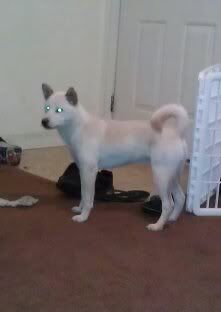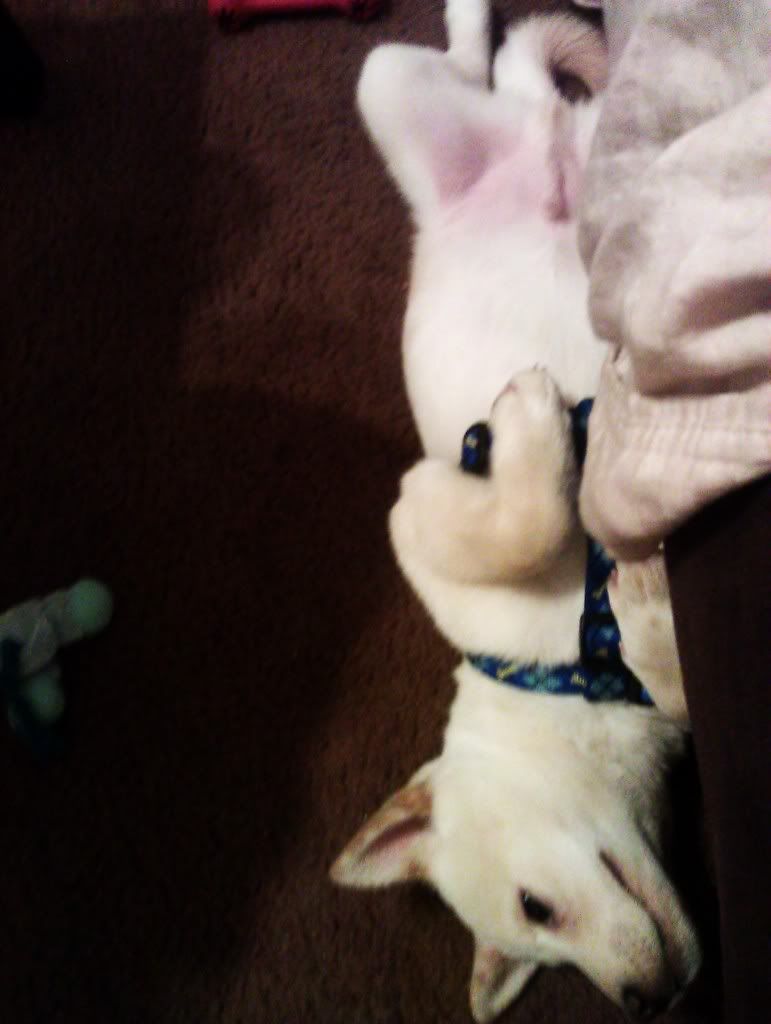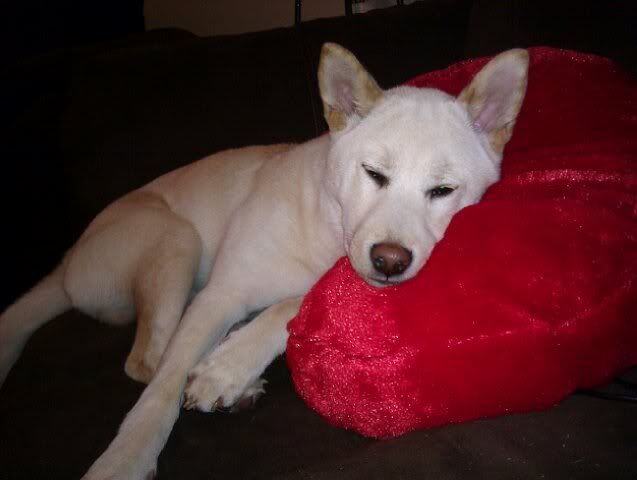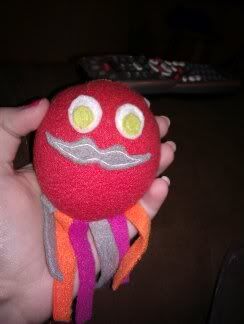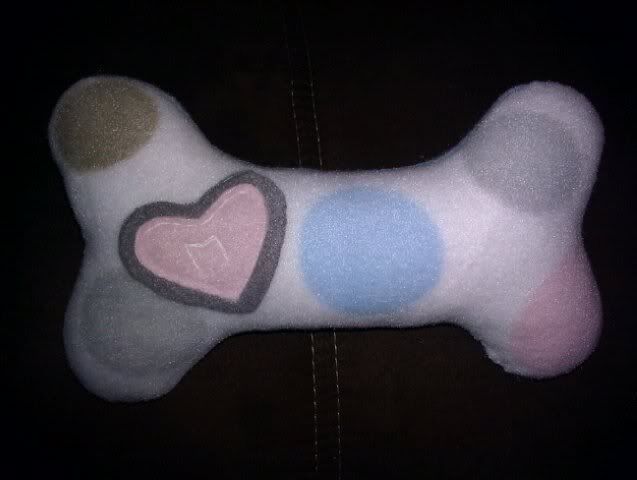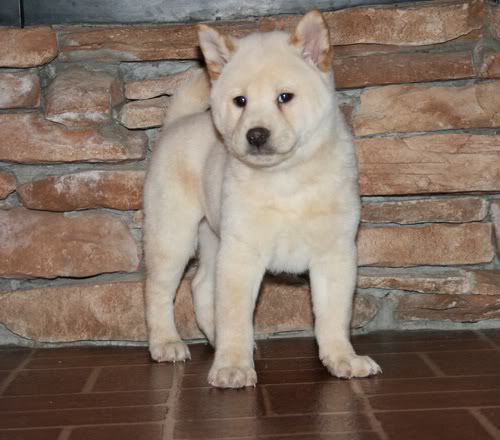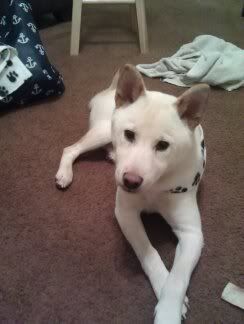Virtually all dogs are descended from wolves. This is obviously apparent in the majority of the Spitz breeds, but almost all breeds show major traits inherited from wolves.
Den dwelling is one such trait. Most dogs will gravitate toward cool, quiet, dark spaces to rest or sleep. We can attempt to recreate these characteristics in the house or even a single room to coerce our pooches into relaxing and calming down. simply turn off the lights, and keep the door open to the room of your choice, so that your pooch feels invited and not confined or cornered. If you like to keep your house cool, it's a definite plus for your pooch, as it allows them to keep a cooler body temperature and to feel more comfortable when it is time to relax.
If you decide to crate train your pooch, the object is to have the crate viewed as the den. Keeping it cool and comfortable to minimize your dog's anxiety is your main objective. Anxiety will lead to difficulty with training and misbehavior in most dogs. The dark and quiet should help to avoid some of the anxiety.
As always, the trick is to just know your pooch, and adapt your strategies to their personality.
Den dwelling is one such trait. Most dogs will gravitate toward cool, quiet, dark spaces to rest or sleep. We can attempt to recreate these characteristics in the house or even a single room to coerce our pooches into relaxing and calming down. simply turn off the lights, and keep the door open to the room of your choice, so that your pooch feels invited and not confined or cornered. If you like to keep your house cool, it's a definite plus for your pooch, as it allows them to keep a cooler body temperature and to feel more comfortable when it is time to relax.
If you decide to crate train your pooch, the object is to have the crate viewed as the den. Keeping it cool and comfortable to minimize your dog's anxiety is your main objective. Anxiety will lead to difficulty with training and misbehavior in most dogs. The dark and quiet should help to avoid some of the anxiety.
As always, the trick is to just know your pooch, and adapt your strategies to their personality.
